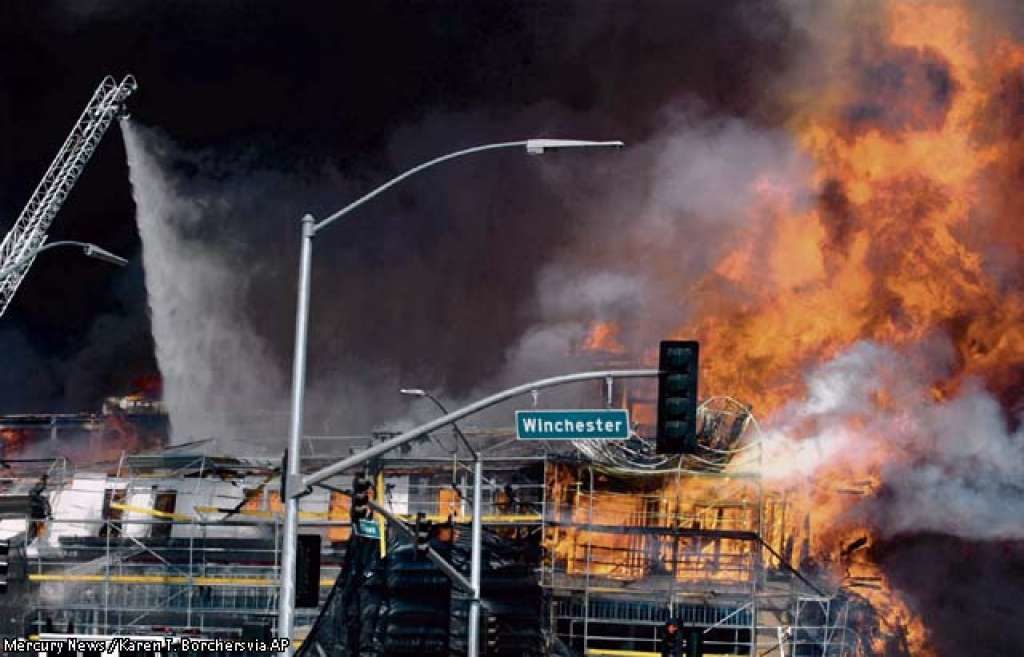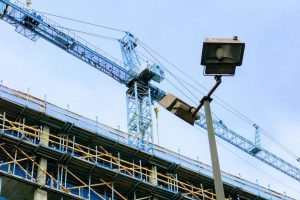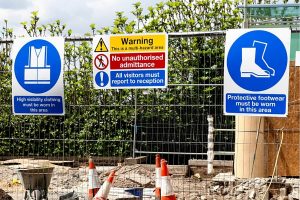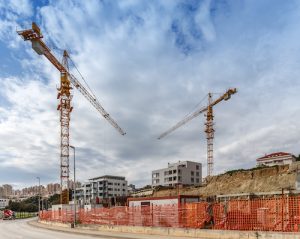Construction workers, and those required to visit construction sites, are familiar with the many ways project managers strive to keep everyone safe on site. Precautions like protective gear, emergency exit routes and communication procedures are common ways workers stay safe on construction sites. Safety is a top priority and concern in the industry and construction site fire prevention is a big part of that. But how can construction workers and managers stay protected when something terrible, like a fire, strikes?
Construction Site Fire Prevention
Massachusetts is one of many states that has recently experienced this kind of tragedy at a construction site. Wood-framed apartment complexes in cities like Dorchester and Waltham have shown the state that there are huge gaps in the state’s approach to fire prevention at these kinds of projects. But regardless of what materials are being used, there’s simply too much new construction for local building and fire inspectors to keep up, and keep the construction site safe from fires. With building supplies like wood and insulation, debris from building materials and a fast-paced environment, construction sites are usually not equipped to recover from a fire. Here are 4 ways to protect your construction site from being susceptible to fire.
1. Keep a log of the location of your materials.
In a typical high-school chemistry class you may do experiments,pouring chemicals together to see what kind of reaction you get. In fact, a common science project is to make a volcano, complete with the exploding ‘lava’ on top. Obviously, the lava isn’t real. But what is real is the effect when two explosive elements get together and cause a disruption. Whether that’s lava flowing out of a fake volcano or a fire at your construction site.
Some of the more common ways fires start at construction sites are electricity, chemicals, flammable liquids and compressed gases. If these elements get near the building materials, it creates an unsafe work environment for any worker on the site. That’s why it’s important to keep a log or a project plan of where all of building materials are located, and to make sure nothing that will make ‘lava’ — or in this case, fire — is located in an unsafe location. This is another reason why planning is such an important part of a successful construction project.
2. Make sure the site rules are foolproof.
It’s not anyone’s fault on a construction site if a storm comes along and lightning strikes causing a fire. It’s unfortunate, but it can’t be helped. But what if you arrive at work the next morning to find some of your site was destroyed not by happenstance, but accidentally by someone at the site. It could happen if a worker is welding in the wrong spot, cutting materials in an unsafe location or worse, smoking a cigarette (all common ways that fires can start). Luckily, all of this can be avoided with proper rules in place that ensure the safety of your site from fires.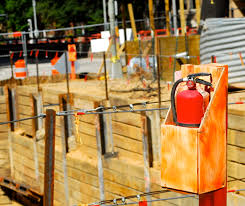
As a construction manager, it’s your duty to set your team up for success. Establish a no smoking on-site rule, as well as rules prohibiting personal flammable liquids (like hair spray) and mandated flame-resistant gear. Other rules should be in place that are for the benefit of everyone on-site. And the rules may need to change as the project goes on. For example, it may not be safe for children during certain periods of your construction. Don’t hesitate to communicate the rules to your team and change them if necessary for everyone’s protection.
3. Build fire-safety checks into your routine.
Even if you’re not in the construction business, you probably have your own morning routine that you follow. It could include checking your emails or asking your team to catch you up on any new topics. Or maybe it’s settling in with a cup of coffee to visit morning news sites. As a construction manager, you can make preventing fires part of your very own daily routine.
The Laborers’ Health and Safety Fund of North America suggests daily as well as spot checks for unsafe conditions, prompt removal of debris, and checking the number and efficacy of fire extinguishers on-site, which can all help prevent future fires. Making these ‘to-do’s part of the routine of people who can help you stay safe is of the utmost importance. As a construction manager, the responsibility ultimately falls on you. You should use your team as your extended eyes and ears when it comes to keeping your construction site fire-proof.
4. Utilize specialized thermal cameras for fire detection.
Advances in video surveillance technology are happening at a fast pace. Thermal surveillance cameras are being used by fire departments, search and rescue teams, farmers, and even builders. A fairly new service being offered to contractors is security through the use of portable mobile surveillance units. This service reduces the cost of overnight site security by 50-70% and is more effective than traditional security guards. When choosing a company to perform your sites live monitored video surveillance needs, choose one that has the ability to add thermal cameras with thermal radiometry technology. These cameras can detect the slightest temperature changes on site. They then send an alert to the project manager as well as the company’s monitoring center. Once an alert has been received the fire department can be contacted to respond to the site and investigate further.
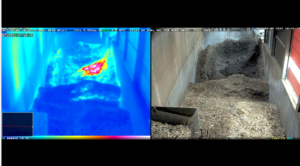 The safety of all persons who work or visit a construction site is a top concern and priority of those who are running the job. There are a lot of safety precautions people can take to protect their person. Although materials laying around and half-finished structures could potentially also cause harm if not planned and handled properly. Construction managers can prevent a potentially devastating fire on site with the following. Accurate location logs of all materials, clear rules that keep fires at bay, routine checks into your fire safety gear, and thermal detection cameras.
The safety of all persons who work or visit a construction site is a top concern and priority of those who are running the job. There are a lot of safety precautions people can take to protect their person. Although materials laying around and half-finished structures could potentially also cause harm if not planned and handled properly. Construction managers can prevent a potentially devastating fire on site with the following. Accurate location logs of all materials, clear rules that keep fires at bay, routine checks into your fire safety gear, and thermal detection cameras.
Have you considered thermal cameras as part of your fire safety program? Click here to learn more about thermal surveillance.

